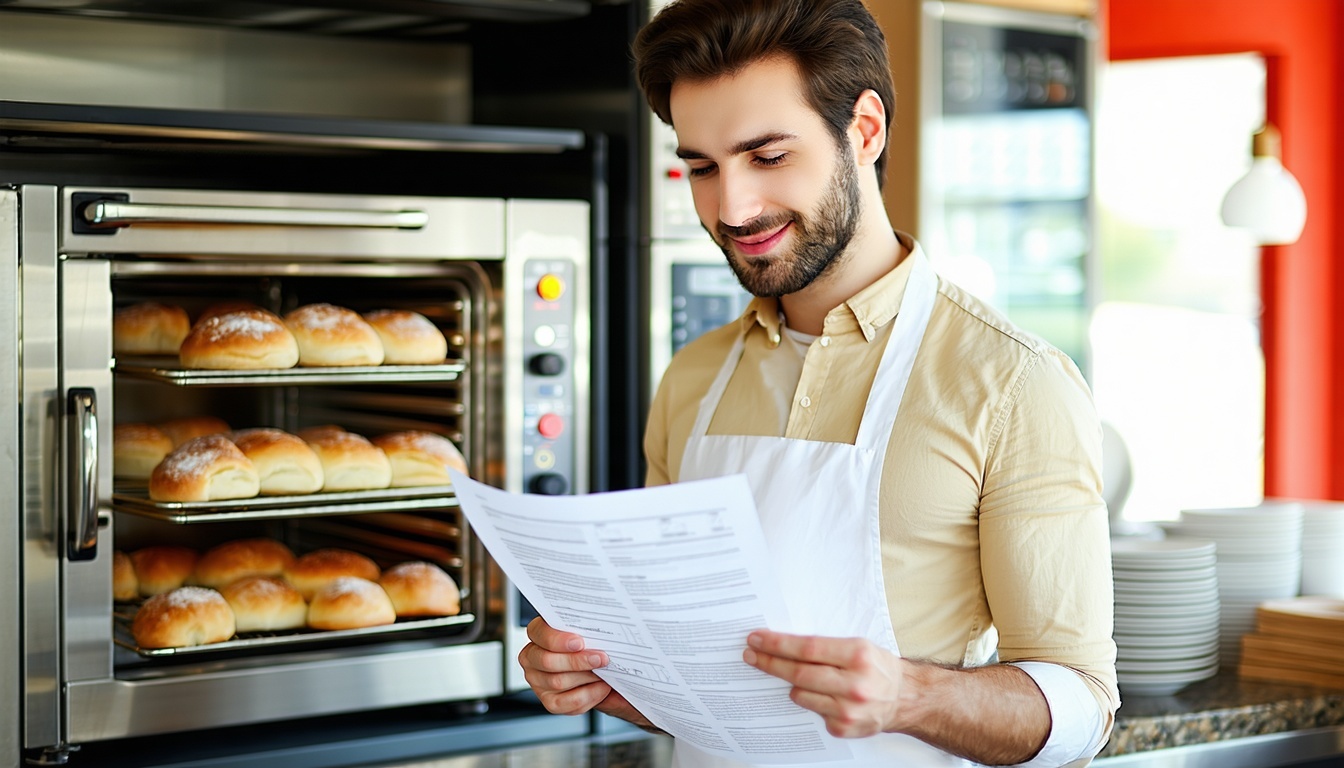Financing Strategies for Opening a Successful Bakery
Opening a bakery is a dream for many—but it takes more than a killer croissant recipe and a charming storefront to succeed. Behind every delicious pastry and perfectly brewed coffee is a smart financial strategy. From ovens and permits to staff and supplies, launching a bakery comes with high startup costs. That’s why knowing your financing strategies for opening a successful bakery is just as important as your menu.
In this guide, we break down realistic funding options, how to plan for costs, and ways to maximize your bakery’s financial success from day one.
How Much Does It Cost to Open a Bakery?
Startup costs vary depending on your location, business model, and concept. Here’s a basic breakdown of typical bakery startup expenses:
-
Commercial space rent/buildout: $20,000–$100,000
-
Bakery equipment and appliances: $30,000–$70,000
-
Initial inventory and supplies: $5,000–$15,000
-
Licensing and permits: $1,000–$5,000
-
Marketing and signage: $2,000–$10,000
-
Employee wages and training: $10,000+
-
Working capital (3–6 months): $20,000–$50,000
Altogether, opening a brick-and-mortar bakery can cost anywhere from $60,000 to $250,000, depending on scale and location.
Top Financing Strategies for Your Bakery
1. SBA Loans
SBA 7(a) and Microloans are popular options for small bakeries. Backed by the Small Business Administration, they offer competitive rates and flexible terms.
-
Up to $5 million (7a) or $50,000 (Microloan)
-
Lower interest rates than traditional loans
-
Can be used for equipment, real estate, or working capital
-
Longer approval times, but worth it for the favorable terms
-
Learn more at SBA.gov
2. Equipment Financing
If you need commercial ovens, mixers, refrigerators, or proofing cabinets, equipment financing helps you spread out the cost.
-
Lender pays the vendor upfront
-
You repay over 2–7 years
-
Equipment acts as collateral
-
Preserves working capital for other expenses
3. Business Line of Credit
Bakery owners often deal with fluctuating cash flow—especially in the early days. A line of credit gives you access to funds as needed.
-
Only pay interest on what you use
-
Great for covering short-term needs like supply orders or payroll
-
Flexible, revolving credit
4. Crowdfunding
Platforms like Kickstarter or Indiegogo let you raise funds from your future customers. Offer rewards like free pastries, branded merchandise, or VIP tastings.
-
Builds community and brand buzz
-
No repayment needed—but success requires great marketing
-
Great option for bakeries with a unique or niche concept
5. Personal Savings or Family Investment
Some bakery owners bootstrap their launch with personal savings or family/friend loans.
-
Avoids interest or credit checks
-
Full ownership stays with you
-
Riskier if you don't have a cushion or repayment plan
6. Grants for Food Entrepreneurs
Though competitive, food business grants can provide non-repayable funding for bakery owners, especially those who are women, veterans, or minorities.
-
Check Grants.gov, Hello Alice, and SBA grant programs
-
Local and state agencies often offer small business development grants
-
Requirements vary by industry and region
7-Step Checklist for Funding Your Bakery
-
Write a bakery business plan with detailed financial projections
-
Estimate startup and first-year operating costs
-
Check your credit score and business financial history
-
Explore financing options that match your needs and risk tolerance
-
Apply for loans or funding with required documentation
-
Use capital efficiently—prioritize critical purchases first
-
Track spending and ROI to stay on budget
Real Example: How One Bakery Used Loans to Open Debt-Free in a Year
A pastry chef in Portland used a mix of savings, a $50K SBA microloan, and a $25K Kickstarter campaign to open a French-inspired bakery. The loan covered equipment, while crowdfunding paid for branding and a grand opening event. Thanks to careful budgeting and strong community support, the bakery broke even in 10 months and repaid the loan in full within the first year.
Common Mistakes to Avoid
-
Underestimating costs: Always add 20–30% for unforeseen expenses
-
Using short-term loans for long-term needs: Match loan terms to asset life
-
Overbuying equipment: Start with essentials and scale gradually
-
Neglecting working capital: Keep cash reserves for payroll, repairs, or slow seasons
Additional Resources for Bakery Financing
-
Small Business Development Centers (SBDCs) for free local consulting
-
RestaurantOwner.com for bakery-specific planning templates
Conclusion: Rise with the Right Financial Foundation
Opening a bakery is a major investment—but with the right financing strategy, you can turn your dream into a thriving neighborhood favorite. Whether you're funding a storefront, custom oven, or marketing push, business loans and creative funding help you rise strong. Plan ahead, borrow smart, and build a business as satisfying as your signature sourdough.











